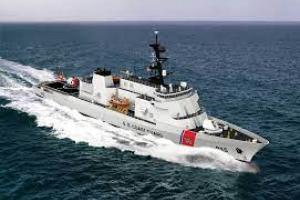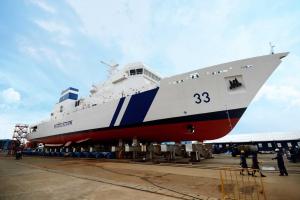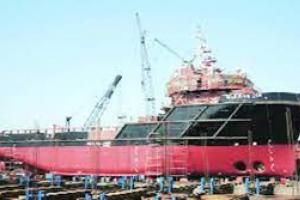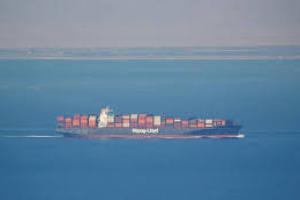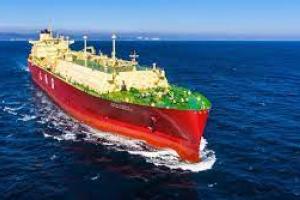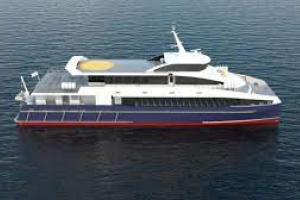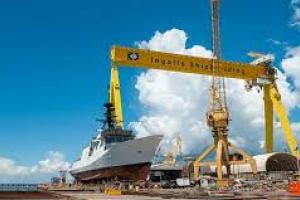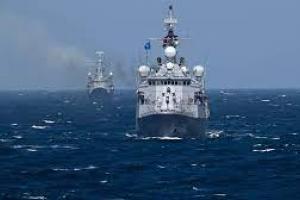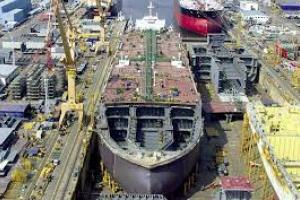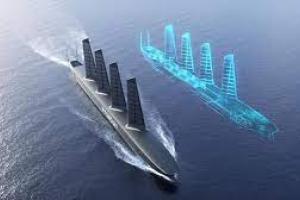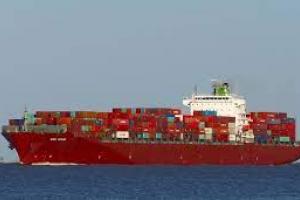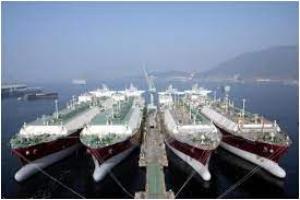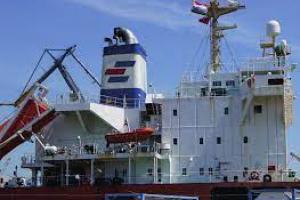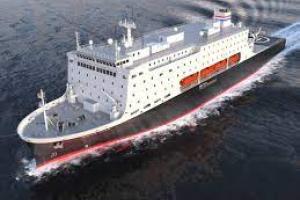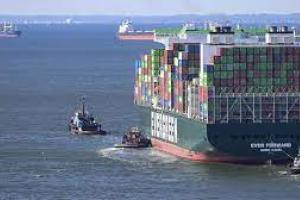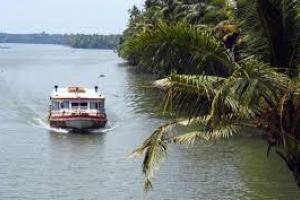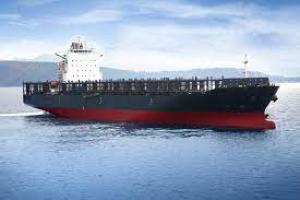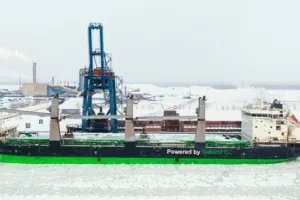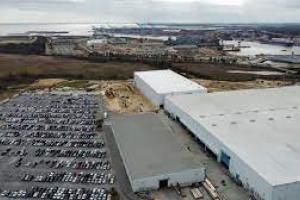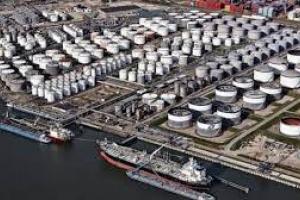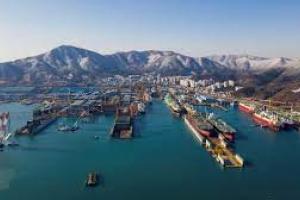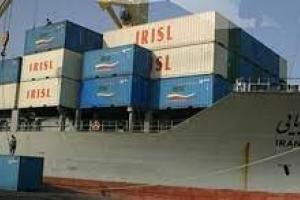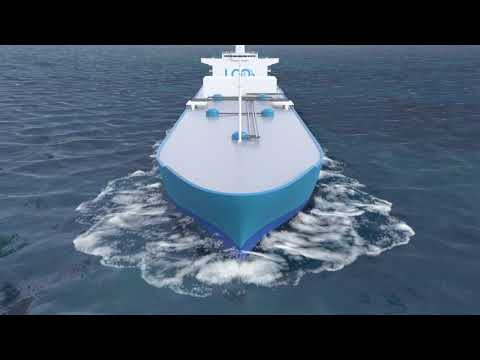
Japan's Mitsubishi Shipbuilding has completed a concept study for the design of an ammonia/liquefied CO2 carrier that will be capable of transporting both ammonia and liquefied carbon dioxide. The project was undertaken in collaboration with Mitsui O.S.K. Lines (MOL) (LCO2).
According to the findings of the study conducted in collaboration with MOL, this type of vessel has the potential to become widely used in the LCO2 carrier market since it is adaptable enough to satisfy predicted increases in demand for both ammonia and LCO2 transportation.
Ammonia is a steady source of clean energy that is expected to be widely employed in the future, and LCO2 carriers will play a significant part in the growing carbon dioxide capture, use, and storage (CCUS) value chain, according to the World Resources Institute.
Ammonia will be transported outbound by the vessel constructed during the concept research, while LCO2 will be transported back inward. The return voyage of specific carriers for each material is normally empty, so a ship that can handle both substances will increase operational efficiency and contribute to increased transportation efficiency in general.
Following the completion of this project, Mitsubishi Shipbuilding plans to continue to develop the technology, based on the experience gained and technical challenges faced. Through collaboration with marine-related firms and petroleum development corporations, it hopes to bring the vessel into commercial service soon.
According to the findings of the study conducted in collaboration with MOL, this type of vessel has the potential to become widely used in the LCO2 carrier market since it is adaptable enough to satisfy predicted increases in demand for both ammonia and LCO2 transportation.
Ammonia is a steady source of clean energy that is expected to be widely employed in the future, and LCO2 carriers will play a significant part in the growing carbon dioxide capture, use, and storage (CCUS) value chain, according to the World Resources Institute.
Ammonia will be transported outbound by the vessel constructed during the concept research, while LCO2 will be transported back inward. The return voyage of specific carriers for each material is normally empty, so a ship that can handle both substances will increase operational efficiency and contribute to increased transportation efficiency in general.
Following the completion of this project, Mitsubishi Shipbuilding plans to continue to develop the technology, based on the experience gained and technical challenges faced. Through collaboration with marine-related firms and petroleum development corporations, it hopes to bring the vessel into commercial service soon.
News Category
